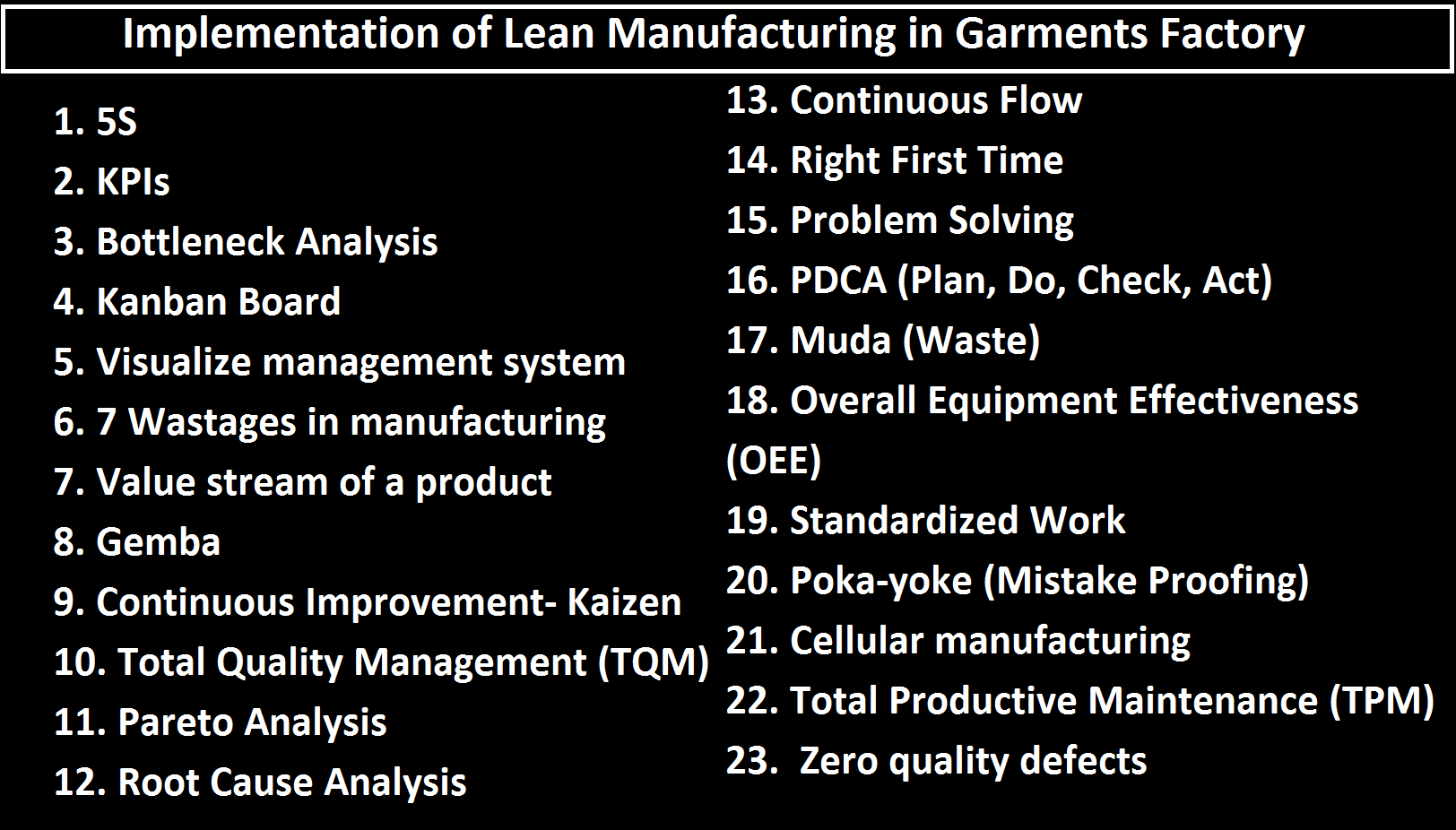A pilot run is a precautionary manufacturing process of Garments manufacturing after PP meeting and before starting bulk production. Pilot run is also called as Trial run in Garments manufacturing, generally done in bigger lot (3000+ quantity), manufacturer cut 200-250 pcs for pilot run. Pilot run was done in bigger quantity than size set.
Pilot Run Process in Garments Industry
The main purpose of the pilot run is to fix garments measurement within the tolerance limit. After passing PP sample, Garments manufactures go for a pilot run to ensure Measurement and Garments construction correction is okay, most of the time pilot run sample also has measurement deviation, so pattern adjustment is applied for bulk. If the Pilot run cannot be passing to the buyer, bulk cutting cannot start, buyer procedure doing pilot before bulk.

Why Need to do Pilot Run Before Bulk Production
- To avoid mistake risk of bigger Garments lot
- To check measurement after correction on the PP sample pattern to ensure bulk garments accurate measurement
- To check Garments sewing quality, ensure successful removal of size set sample defects
- To set sewing line and smooth production for bulk
- Starting production in small portions to minimize error.
Pilot Run Meeting Activities
- Checking pattern, adjustment history, and review
- The pilot run meeting generally coordinate by concern buyer QC or Factory quality head
- Review Pilot Run sample and compare quality with approved sample
- Checking measurement and compare improvement with PP sample
- Taking all precautions for bulk production
- Risk Analysis of all critical operations
- Checking washing appearances, shade with approved standard, hand feel
Pilot Run Meeting Checklist
- Approved Sample
- QA Style File
- PO Sheet
- Production PDM/Bulk PDM, Styling Check with Updated PDM & seal sample, Check the specification
- Before Wash Spec by CAD
- Approved sample Comments
- Approved Trim Cards, Trims Placement check with updated PDM
- All Sewing Trims Approval
- Body Fabric (Approved Dye Lot)
- Embellishment Approval(EMB/Print/Rhinestone)
- Approved Wash Standard/V-Code
- Shade band- Leg Panel
- Shade Blanket
- Shade Card
- Shrinkage Test Report
- Distortion Test Report
- Tube Test/ Cross Stain Checking Blanket
- Button/ Rivet Pull Test Report & mockup
- Home Laundry for Heat Seal LBL/Button/Care LBL/Leather Patch/Rhinestone
- TNA
- Fabric & Trims Inventory Report
- Fabric & Trims Inspection Report
- Vendor’s Internal PP Meeting & Evaluation Report
- Pattern checking, Change Log
- Washing T- (Tint) Heavy or less, (abrasion) Less or heavy (coverage all dry process), H- (Hand feel) Hard or soft
- Match Number UPC and care label each piece
- Waist Closer buttons check
- Security Tack each piece
- Check Zipper slider open & close
- All hardware
- ATF button & Elastic Pull & check both sides.
- Belt tack stitches both end & weaving quality & belt size.
- The belt tracking number should be the
same all the pieces - Check inside pocket, remove stone, dust, long thread.
- Hanger, sizer check with size label After attached



